april-top.html
1681 Count Redmond O’Hanlon was killed by his step-brother on this day in 1681. He is a legendary figure, and is often described as the ‘Irish Robin Hood’.
His ancestors had been a powerful family up until the 17th century, when their land was taken during the Catholic uprising and the Cromwellian invasion.
Click here to read more about Count Redmond O’Hanlon
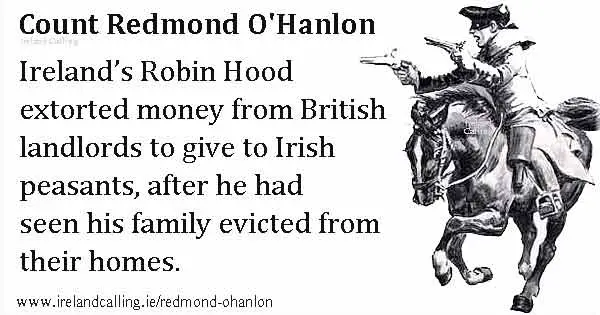
* * *
1820 Thomas Eyre Lambert was born on this day in Galway in 1820. He was a soldier for the British army and when his father died, he inherited his large estate and became a landlord. One of Lambert’s first acts as landlord, was to evict a peasant family, the Barretts, from his land.
The Barrett’s son, Peter, was working in London as a postman at the time but news of his family’s eviction reached him.
A short time later, one evening when Lambert was returning home, he was confronted by a tall man wearing a large hat. Lambert asked the man to identify himself, but the man unveiled a revolver and unloaded five bullets at him from a short distance. The man then fled.
Lambert survived the attack, mostly thanks to the hard hat he was wearing, which prevented a bullet going into his brain. He had been hit twice in the stomach though and was badly wounded. He staggered back to his home where the alarm was raised.
The area was sealed off, and Lambert’s description of the man was circulated. Less than an hour later, a man raised suspicions among the staff of a hotel next to the train station, by repeatedly asking for the time despite there being a large clock on display.
The police were notified and the man was intercepted while boarding a train. The man, Peter Barrett was identified by Lambert as his attacker and charged with attempted murder.
However, he was defended in court by the noted solicitor Isaac Butt, who picked holes in Lambert’s evidence, and the prosecution case. The jury was unconvinced Barrett was the attacker, and a second trial was ordered in Dublin. Again, Butt defended Barrett brilliantly and he was allowed to walk free.
* * *
1850 William Melville was born in County Kerry on this day in 1850. He moved to London as a young man and worked as a police officer. He soon rose through the ranks and became a member of the Criminal Investigation Department (CID).
Melville was selected to be a personal bodyguard of foreign royal, the Shah of Persia, when he made a visit to England. This was followed by an assignment as the personal protector of Queen Victoria, during her Jubilee celebrations.
Melville successfully foiled a plot to blow up Westminster by Irish nationalists. He actively fought against the Irish rebels, who were willing to use violence to achieve their goal of independence. Melville halted their progress on several occasions by raiding their safe houses.
He once saw Harry Houdini easily escape from police handcuffs in an exhibition show, and befriended him and learnt lock picking. Melville was hired by the British Secret Service and worked under a new identity from a flat in London.
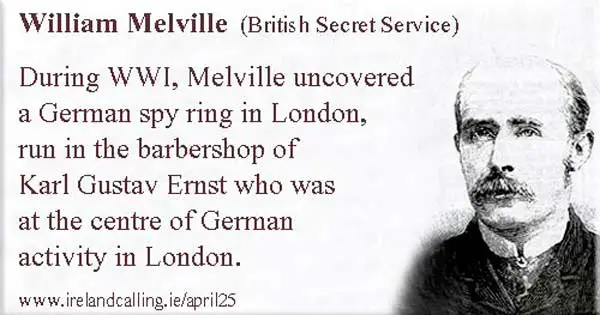
During the build up to the First World War, suspicions of Germany and its intentions rose. Melville gathered intelligence from a spy he had in Hamburg, and also travelled to Germany to gain more informers. He was permanently trying to locate the German spy ring in London, which he eventually did in 1914, when he uncovered the barbershop of Karl Gustav Ernst as the centre of German activity in London.
* * *
1870 Daniel Maclise died on this day in 1870. He was an artist and painted several key events from history as well as famous fictional scenes.
A couple of his most famous paintings are of the Play-scene in Hamlet, the moment when the guilt of Claudius is revealed, and The Marriage of Strongbow and Aoife, which can now be viewed in the National Gallery in Dublin. Strongbow was the Norman conqueror who invaded Ireland in the 12th century.
In 2008, an exhibition of Maclise’s work was put on in his home city of Cork at the Crawford Gallery.
Click here to read about more tourist attractions in Dublin
Click here to read about more tourist attractions in Cork
Click here to read more about Strongbow and the Norman invasion of Ireland
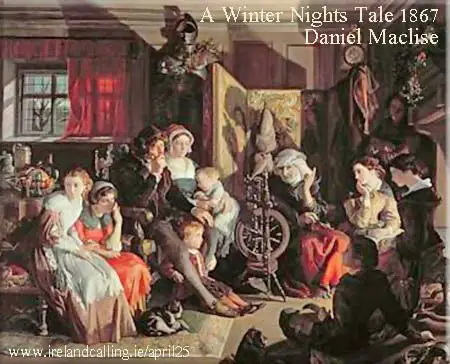
* * *
1921 Thomas Traynor was executed on this day in 1921 at Mountjoy Prison. He was one of the ‘Forgotten Ten’, a group of ten IRA volunteers executed during the Irish War of Independence.
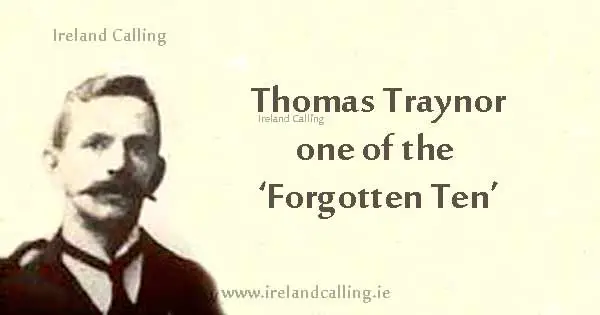
Military law at that time, dictated that they were buried in the prison grounds, and their graves left unmarked in the unconsecrated ground. In 2001 Traynor and the other nine men executed were exhumed from their prison graves and given a full State Funeral, and is now buried in Glasnevin Cemetery, Dublin.
Traynor was arrested as part of the attacking party, when an ambush on Auxiliaries resulted in two dead British soldiers. He was an experienced soldier and had also fought with fellow Irish nationalists during the Easter Rising of 1916.
In response to Traynor’s execution, the IRA killed their hostage Royal Irish Constabulary official, Gilbert Potter.
Click here to read more about the Easter Rising
* * *
1882 the Kilmainham Treaty to protect tenant farmers was signed. The negotiations took place while Parnell was imprisoned in Kilmainham. Parnell became a national hero.
Find out why calling it a ‘Treaty’ was important to the Irish.
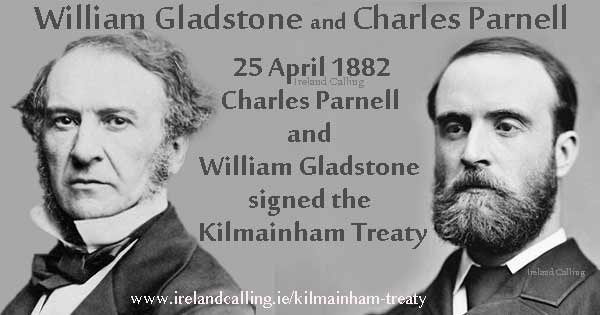
* * *
2012 Louis le Brocquy died on this day in 2012. He was a painter, and was respected and admired around the world. His work can now be viewed in prestigious galleries such as the Guggenheim, New York, the Tate Modern, London, as well as in his home city of Dublin at the National Gallery of Ireland.
 *****
***** 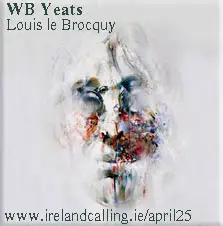
le Brocquy’s most famous works are his ‘Portrait Heads’, which are haunting black and white images of faces that appear to be coming out of the canvas. Several noted Irish writers and poets have been painted in this way by le Brocquy, including Seamus Heaney, James Joyce and WB Yeats, who was a good friend of le Brocquy’s.
Click here to read about the best tourist attractions in Dublin
Click here to read about Seamus Heaney
Click here to read some of the best James Joyce quotes
Click here to read the WB Yeats poem, The Lake Isle of Innisfree
 *****
***** 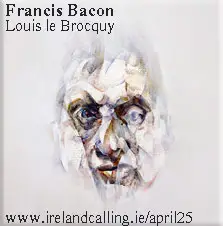
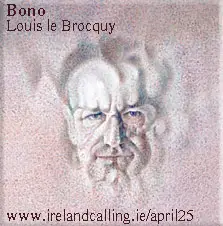 *****
***** 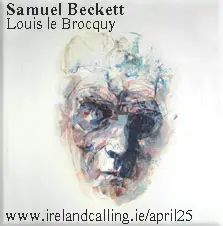
april-bottom.html